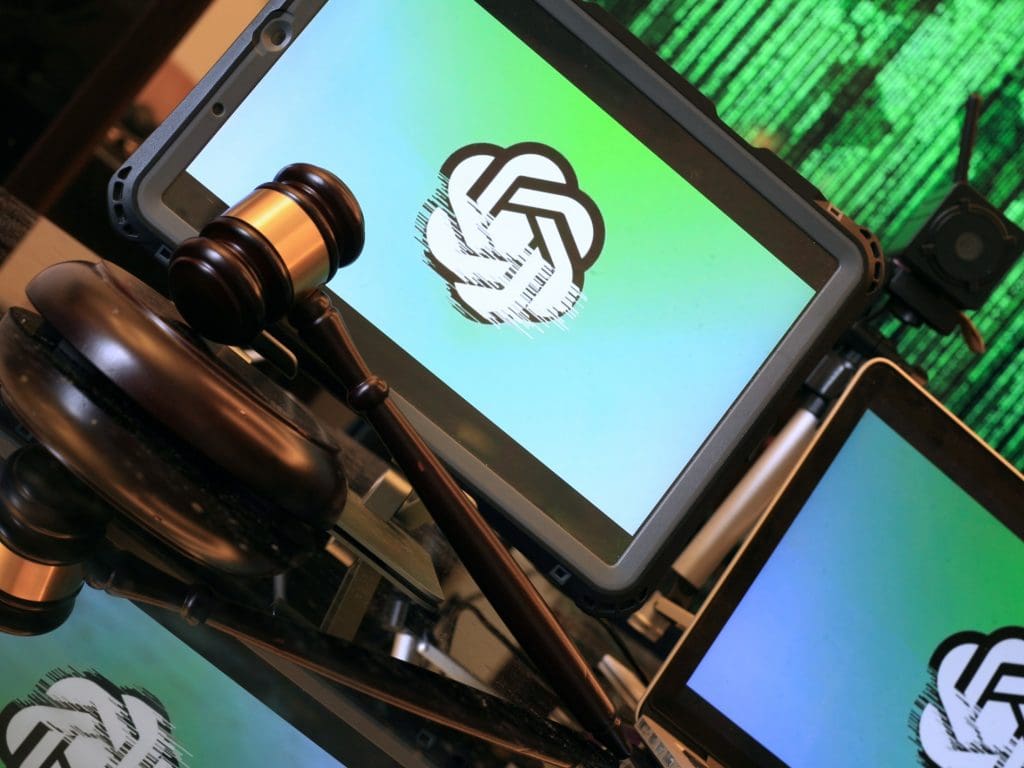In-Short
- Biden administration announces comprehensive AI chips export controls.
- Controls create a global AI development hierarchy, affecting China the most.
- Immediate impact on AI industry shares and global AI infrastructure.
- New regulations set to redefine US-China relations and future of AI.
Summary of the AI Chips Export Controls
In a significant policy move, the Biden administration has introduced the most extensive AI chips export controls to date, reshaping the global landscape of artificial intelligence development. The White House has positioned these controls as a measure to ensure that US technology supports global AI use responsibly and to prevent adversaries from misusing advanced AI.
Global AI Development Hierarchy
The new framework divides the world into three tiers, with 18 key allies, including Japan, Britain, and the Netherlands, having unrestricted access to advanced AI processors. Other nations face strict quotas, with a cap on chip orders that primarily benefits academic and research institutions. This move has led to immediate repercussions in the AI industry, with Nvidia’s shares dropping and cloud computing giants needing to recalibrate their AI infrastructure.
US-China AI Technology Battle
The export controls are seen as a direct response to China’s growing AI capabilities, aiming to hinder its development of advanced AI systems that could pose security threats. The US has explicitly expressed concerns about AI being used for purposes that could undermine US leadership in the field.
International Reactions and Implications
European allies have voiced concerns about the reach of these controls and the need for continued access to advanced AI technology. The US National Security Adviser has emphasized the importance of being prepared for rapid AI advancements. The regulations, which will take effect in 120 days, are seen as a defining moment for US-China relations and the future of global AI development.
For a more in-depth understanding of the new AI chips export controls and their implications, please visit the original source.










